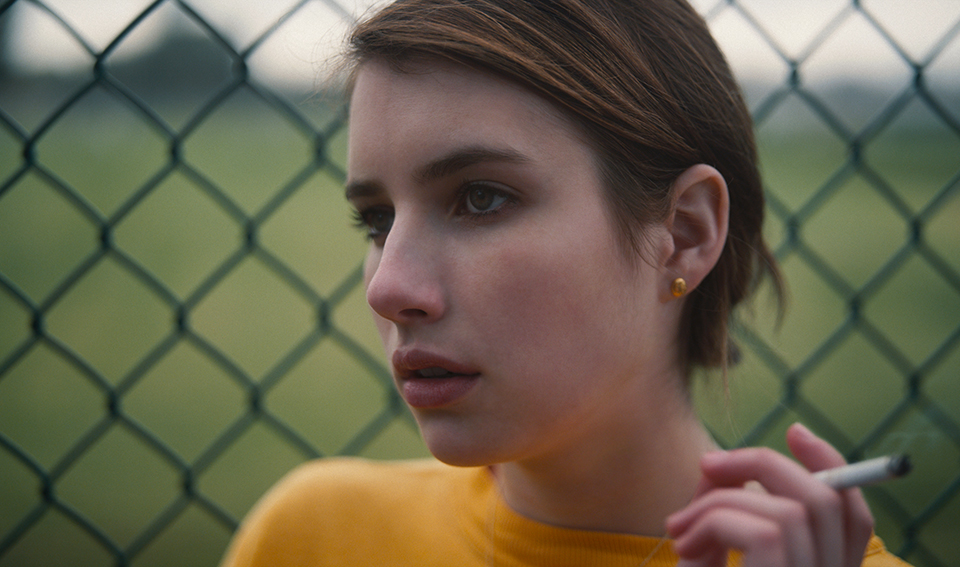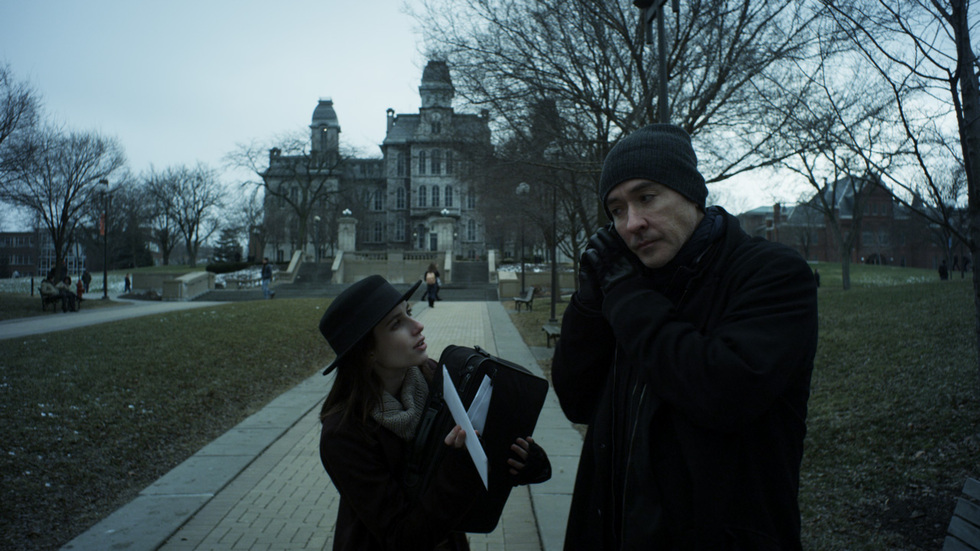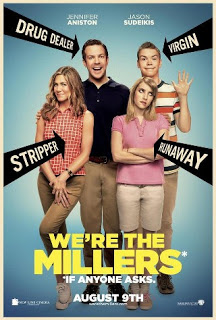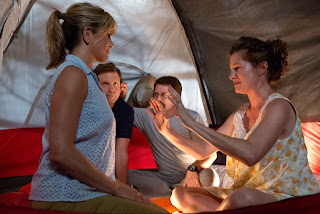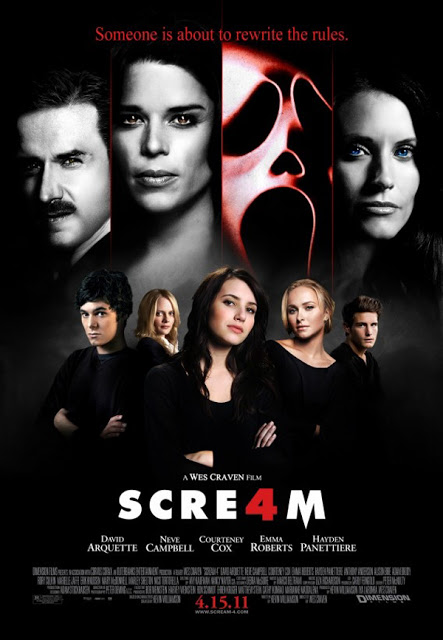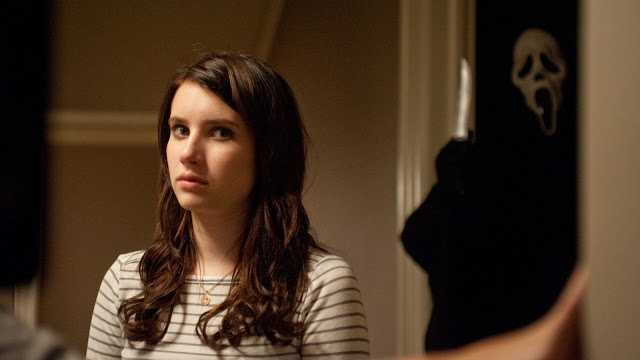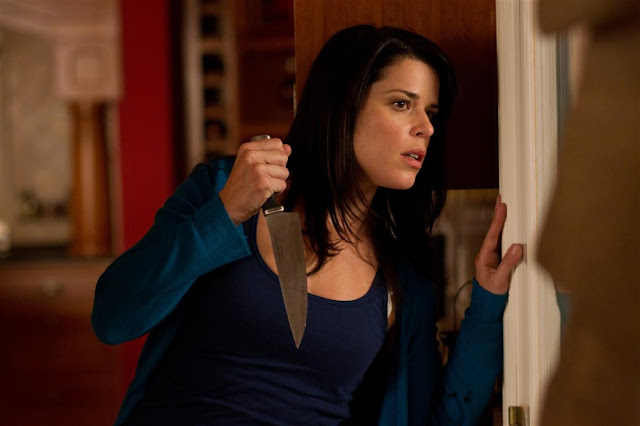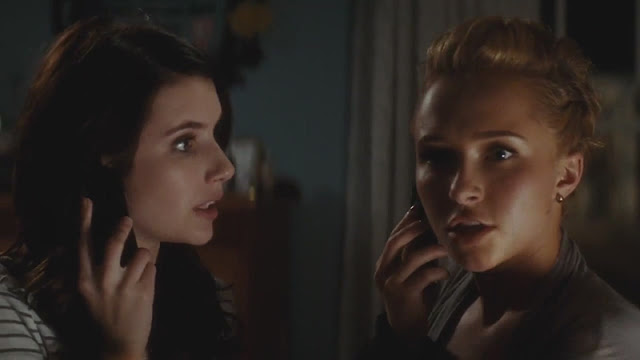Films set in high school are often about boys; films which feature high school girl characters complex enough to surprise an audience (one measure of good screenwriting) are relatively rare–Say Anything, Mean Girls, Clueless and from earlier this year, It Felt Like Love. Palo Alto, the first film directed by Gia Coppola (niece of Sofia and granddaughter of Francis), who also wrote the script (based on the stories of James Franco) focuses on several main characters in high school, including April (American Horror Story’s Emma Roberts, whose auburn hair and dark eyebrows recall her Aunt Julia’s). We see her as she plays soccer, babysits, goes to boozy parties, and is alone in her room.
April’s mother and stepfather, like some of the other parents we see later in the film are perfectly pleasant to April but seem to have never grown up themselves. April’s mother interrupts her constant kitchen cell phone conversation with “Jamal” to coo at her daugher and make her the occasional meal. April’s stepfather (a nearly unrecognizable Val Kilmer) holes away in a separate part of the house, drinks from a mug that has his own photo on it and rewrites April’s term paper even though she asked him to merely look it over. Neither one ever asks April where she’s been or when she’s coming home; “cool” parenting becomes a study in benign neglect.
Disaffected, wealthy young people aren’t new subjects for a film, but perhaps because Coppola is not far from the age (and background) of her characters some of the details resonate: the way “friends” pour alcohol down the throat of one of the main characters who is late to a party so he can be as drunk (or drunker) than they are, the game of “I Have Never” at the party which becomes an opportunity to reveal others’ secrets told in confidence, the banter between girl athletes who think their coach is cute (“What do you think his o-face looks like?”), the bedroom of Emily (Zoe Levin)–whom the others call “blow job queen,” a label she does her best to live up to–full of little-girl knick knacks and stuffed animals.
Palo Alto is based on the book of short stories of the same name by James Franco (who plays April’s coach, Mr. B.; she babysits his young son). Franco also helped get financing for the film. No one should confuse Palo Alto with one of Franco’s many projects that would elicit zero curiosity from the public if his name weren’t attached, and I haven’t read the book, which may be to blame, but in spite of how much time we spend with April, and in spite of Roberts, who radiates intelligence and wariness in the role, I didn’t have much emotional investment in the character.

The storyline about April and her coach is initially a promising one. He’s relatively young and good-looking and pays special attention to her, very like some of the real life scenarios in which teachers have sex with high school students. But April doesn’t seem ditzy or desperate enough to think sex with her teacher is a good idea, and he doesn’t seem smooth or clever enough to work through the natural resistance of a student with a stable (if lax) home life and a thoughtful nature. In the late 70s and early 80s when I went to high school, all of us suspected one of the girls in my class was having an inappropriate relationship with the biology teacher–the sexual tension between them was apparent from 50 feet away, even when they were just talking to one another in the hall. Teachers and students today would have to be more discreet, and the lack of depth in Franco and Roberts’ connection fits with later developments in their story, but we never get the feeling much is at stake when they fuck (which we don’t see) let alone when they find themselves attracted to one another–even though he’s endangering his job, abusing his position and breaking the law, and she is putting herself in the position to be hurt, exploited or both (and could also easily turn him in to the authorities).
Coppola does a better job of verisimilitude with Emily who seems surprised that her many hookups with boys don’t turn into relationships or even into friendship. At one point she has sex with a boy, Fred (Nat Wolff) she’s hooked up with before, and he invites other boys to also have sex with her; whether the sex Emily has with them is consensual is unclear. Coppola has Fred tell the story in voiceover without showing any of the action (or even the lead-up to it), an intriguing choice that keeps a possibly nonconsensual encounter from titillating the audience–and keeps the audience from deciding for ourselves whether the sex seems consensual or not.
Perhaps because of the sex scenes, Emily is played by an adult, as is April, who nevertheless makes a convincing teen in her yellow sweatshirt and skeleton hoodie. But when we see the travails of Teddy (Jack Kilmer, Val’s son with Joanne Walley) in the film, the two actresses’ relative maturity stands in stark contrast to Kilmer’s tender face touched with vestiges of baby fat–he is 18, not just playing a teenager, and the difference between him and the other actors takes us out of the movie. Seeing the other actors share scenes with Kilmer reminds me of an English stage actress who wondered, when she was a very young woman, why she couldn’t get larger roles playing against the older women in the company. “I didn’t realize (a thirty-something actress) could play a teenager on stage and it would work–unless you put a real teenager right next to her.”
Kilmer has been described as “androgynous” but “amorphous” is a better descriptor, and, much like a similarly soft and young-looking Gina Piersanti in It Felt Like Love, his being the age of the character is an essential element of what makes him so good in the part. Teddy is a teenager we’ve known and maybe even been, but one we don’t often see onscreen. He is sensitive and artistic, but afraid of being ridiculed by his best friend, Fred. So Teddy is unable to say “no” to Fred even when he knows he will end up getting in trouble (and maybe even end up in court) because of him. We see that he genuinely cares for April, but that he lets a jealous Fred drag him away from her more than once. Palo Alto is a film in which we often dread what teens will do next, so at the end, when Teddy finally does the right thing, and, in her own way, so does Emily, we breathe a sigh of relief.
[youtube_sc url=”https://www.youtube.com/watch?v=_7Q3oeHsIj0″]
Writer-director Leah Meyerhoff’s I Believe In Unicorns is a much more minor film than Palo Alto but has some similarities–a high school girl has her first sexual relationship with an older man. The main character, Davina (Natalia Dyer), lives with and cares for her mother who uses a wheelchair and also doesn’t have full use of her hands (Meyerhoff’s own mother, Toni Meyerhoff, plays the part. She has multiple sclerosis and Meyerhoff cared for her when she was growing up).
Davina spends a lot of her time awash in fantasies that seem like those of a much younger girl (her room is also like a younger girl’s); one sequence involves fireworks (it evokes a similar scene in Beasts of the Southern Wild) and others involve a stop-motion animated unicorn and dragon in a forest. Meyerhoff’s talent as the director of experimental shorts is apparent in these scenes, but her script does not come close to equaling it. The mother is nearly silent (which may be because of her disability), and we don’t get a sense of what happens to her when her daughter runs away to be with a man/boy who has already graduated, Sterling (Peter Vack)– even though the mother seems to have no one else to help care for her.

We see brief glimpses of what the film could have been: the kiss Davina exchanges with her friend Clara (Amy Seimetz) when asked how Sterling kisses, Davina squatting down and spitting up after performing oral sex on Sterling for the first time and Davina and Sterling’s encounters which alternate between the two of them feasting on each other’s mouths teenager-style to rough sex that is sometimes just under and sometimes over Davina’s line of consent. Sterling alternately abuses Davina and cries in fear that he will abandon her and Dyer’s presence is lovely and vulnerable throughout the film. “Do you really like me or is this just temporary,” she asks him in a heartbreaking moment. Although Vack is a competent performer, he looks distractingly like a male model (he could have come from the cover of a romance novel), which makes the “real” sequences seem just a dystopian continuation of the fantasy ones, a problem not helped by the two of them never seeming to completely run out of money and having clean, shiny, flawless hair after living out of a car for an unspecified period of time. We also don’t know for sure until toward the end of the film that Sterling is an adult (although an emotionally stunted one). Vack is obviously an adult: his height and muscled body threaten to overwhelm the petite Dyer (who was 17 when the film was shot) in their scenes together, but because so many films put adults in high school roles we don’t realize how creepy Sterling is from the beginning. He not only has sex with a girl who is not yet an adult, but also chooses one who looks even younger than she is–and she’s still enough of a kid to place animal miniatures on the dashboard of his car.
In the question and answer period after the film, Meyerhoff explained how difficult casting Davina was and how the filmmaking team went through hundreds of actresses before they found Dyer. It’s a familiar story (similar to Hittman’s casting of Piersanti in It Felt Like Love). I wish this writer-director had put that same effort into writing a coherent script for her talented actors.
___________________________________________________
Ren Jender is a queer writer-performer/producer putting a film together. Her writing has appeared in The Toast, xoJane, and the Feminist Wire. You can follow her on Twitter @renjender.
